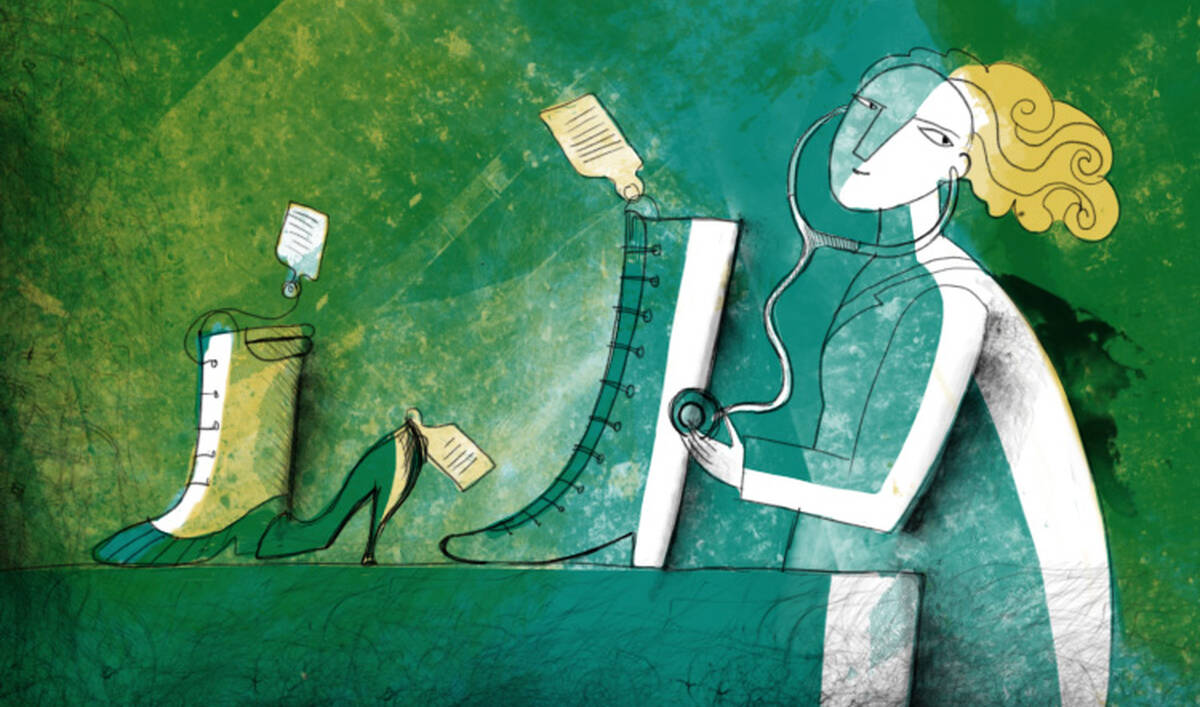Marketing Nov 2, 2016
Reviving a Brand That’s Lost Its Luster
Return to your roots, rally your team, and emerge a stronger brand.

Yevgenia Nayberg
Sometimes brands weaken not with a bang but a whimper.
Investors naturally want to see greater financial returns, putting “constant pressure on brands to keep growing, expanding, and building profits,” says Tim Calkins, a clinical professor of marketing at the Kellogg School.
So brands cut costs. They also stretch themselves to include products or markets with which they have not been previously associated. Overextension can result in short-term growth, but often weakens a brand over time. Little by little, positive customer associations fall away, until one day it becomes clear that the brand has lost its foundation altogether.
Calkins points to Coach as a case study in brand overextension.
Originally known for high-quality handbags and other leather goods, over the last 20 years Coach aggressively sought new markets by introducing less expensive items and dramatically expanding its outlet-store presence. For a brief period, business boomed. Then consumers started to question the brand’s value. “When everybody has a Coach bag, it isn’t so special to have a Coach bag,” Calkins says.
But because the negative effects of these choices are cumulative and incremental, brand erosion often evades early diagnosis. Calkins shares what brands can do to prevent problems before they start—as well as how a weakened brand can get back on track.
Is your brand healthy?
There are some steps that companies can take to prevent brand erosion.
First, a company must maintain clarity about what its brand stands for. Who are the core customers? What is the brand’s value proposition? “If you can lay this out, then it makes it much easier to remain true to the brand—and to avoid weakening it,” Calkins says.
A company should also continuously monitor the health of its brand. “This isn’t so much monitoring financial results,” Calkins says. Instead, he recommends companies ask questions such as: “Is my brand healthy? What are people thinking about it? What are they saying about it? Is it relevant?”
Asking consumers open-ended questions such as these, he says, can reveal valuable qualitative information about the associations a brand conjures. For a quantitative perspective, consider a tool called Net Promoter Score, which measures customers’ willingness to recommend a product or service. Other metrics like brand awareness and intent to purchase are also worth analyzing.
Finally, companies should take brand health into account when setting employee financial expectations and incentives.
“There’s often a big difference between what you want a brand to stand for and what it actually stands for.”
“In many cases, brands get in trouble because the financial expectations are simply too high,” Calkins says. “If you give somebody big financial expectations and big incentives, they will do everything they can to meet those expectations. The problem is that while meeting them, they may do things that are going to damage the brand in the long run.”
He suspects that such a pressure-cooker atmosphere may have been what recently led Wells Fargo employees to make fraudulent customer charges. The banking and financial services behemoth is facing a $185 million regulatory fine after years of charging customers for accounts they had not opened, services they had not requested, and credit cards they had not ordered.
If companies are put under too much pressure to meet their numbers, he says, employees start thinking: “I can always worry about the brand next quarter. This quarter, I’ve got to keep my job.”
Perform Brand CPR
Say a brand has already lost its way. How can a company strengthen it again?
In 2008, Starbucks found itself in crisis, its stock value having plummeted by 50 percent over the previous year. At least part of the crisis stemmed from its increased emphasis on sweet, frothy beverages, which conflicted with its original reputation as a place to get truly authentic coffee.
To turn things around, CEO Howard Schultz took many drastic steps—including closing every Starbucks location for an afternoon in order to retrain its baristas in the art of espresso. Yes, he also replaced the company’s outdated cash registers and improved its social media presence, among other measures. But at its core, this was about “retrenching and rebuilding the Starbucks brand,” Calkins says. And it worked.
That’s not to say that any company aiming to revitalize a languishing brand should simply mimic Starbucks’s steps. Rather, Calkins outlines a basic process that any company with branding problems can follow.
It begins, once again, with a deep exploration into what the brand actually means to customers. “There’s often a big difference between what you want a brand to stand for and what it actually stands for,” Calkins explains.
Then comes the often painful process of refocusing the brand on its core business. Take Burberry, which originally gained fame for its trench coats. Over time, the company diluted its brand by overextending itself into a wide range of products. When Angela Ahrendts came on board as CEO in 2006, she refocused the brand on those iconic coats to great success. “They first reestablished the base and then began to grow again,” Calkins says. “This led to an incredible turnaround.”
Dedicated marketing staff and senior managers will of course be critical to a brand’s efforts to restablish itself—but don’t forget about teams from customer service, sales, and operations, too. “In many ways, the most important people are the frontline employees,” Calkins says. “Experiences are incredibly powerful when it comes to building a brand, so if these employees aren’t engaged, it will be tough to revitalize a brand.”
Next, brands should highlight any branding shifts publically. “In the absence of news, brand associations don’t change,” Calkins says.
A company might introduce innovative products that embody the essence of the brand; think Apple’s late-nineties launch of its iMac line. Or a company can leverage the power of other brands, often through celebrity partnerships. Take Adidas, which signed Justin Bieber, Katy Perry, and Kanye West as brand ambassadors, in addition to expanding its U.S. athlete sponsorships. “You’ve got to find a way to get people’s attention, and celebrities are a great way to do that,” Calkins says.
Finally, companies need patience. Revitalizing a brand takes attention, but it also takes time. Companies should resist the temptation to employ strategies such as discounted pricing, brand extensions, and cost cutting. In fact, they must often move in the opposite direction by narrowing their portfolios, reducing discounts, and improving quality.
“In some cases, profits go down dramatically when you turn brands around,” Calkins says. “You could see falls of 30 or 40 percent in the short run.” So set modest targets in order to produce positive news—and take comfort in knowing that long-term thinking now will pay off in long-term benefits for your brand later.



